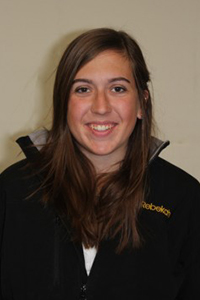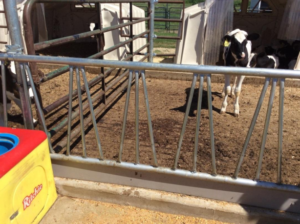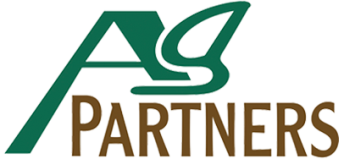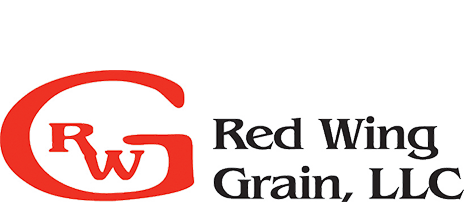How to Implement Successfully and Avoid the Trainwreck!

By Rebekah Mathews
Calf and Heifer Specialist
Ag Partners & WWN
[P] 612-237-0714
[E] Email Rebekah
There is no question about it—feeding on farm forages can result in a less expensive diet for calves. Success of using TMR for young calves relies on several factors. The younger the calf, the more closely this transition must be managed.
Prepare the Calf: Adequate grain intake is a must in developing the rumen papillae, musculature, and blood flow. A calf should be consistently eating a small amount of grain by 3 weeks of age to begin GI tract development, eating 8 lbs of grain/day before consuming dry hay, and should be a minimum of 4 months old before fermented feeds are offered as the SOLE feed source. Water intake is equally important as grain consumption. A calf requires water to feed the rumen microbes. Without a healthy microbial population in the rumen, a calf will struggle to properly utilize TMR. Ensure clean, available water sources at all ages.
Feed the Calf: Calf TMR needs to be fairly “dry” (56-60% dry matter). Her rumen is still small and developing, so the drier the ration, the more calories she can take in with each bite. Wet, heavily corn silage based TMRs often result in calves that cannot physically eat enough TMR to keep energy intake up due to the small rumen size. These diets often require supplementing with dry corn, calf grain, gluten, dry hay, or other supplements. Remember, rumen microbes take a long time to adjust to different feedstuffs. On top of the TMR ration, top dress half of her previous grain ration (3-4 lbs of grain), for 2 weeks to help the adjustment of the microbes and the calf, as well as maintaining adequate ionophore coverage.
Help the Calf: Don’t simply place the TMR in front of the calf. Help her be successful—minimize pen changes/social groupings at this time. Push feed up often. Remove old feed and offer new feed daily.
Tips from Other Farms:
- Don’t introduce headlocks and TMR at the same time. Use a training head slant system (photo) to teach calves to pick up their head to get to feed. Feeding systems like this generally mean the stocking density of a pen needs to be one calf per one head slant space. This is ensures every animal can eat her share of the top dressed grain during transition and reduce competition. Oftentimes overcrowd at the bunk results in all the animals in a pen having normal manure except a few—generally animals that are not eating their share of ionophore or feed.

- Age should be paired with calf size to determine when calves should begin TMR.
- Calves can realistically only reach feed 10-12 inches from the head slant. Pushing up feed often is essential.
- Final particle length should be no wider than a calf’s muzzle to deter sorting.


